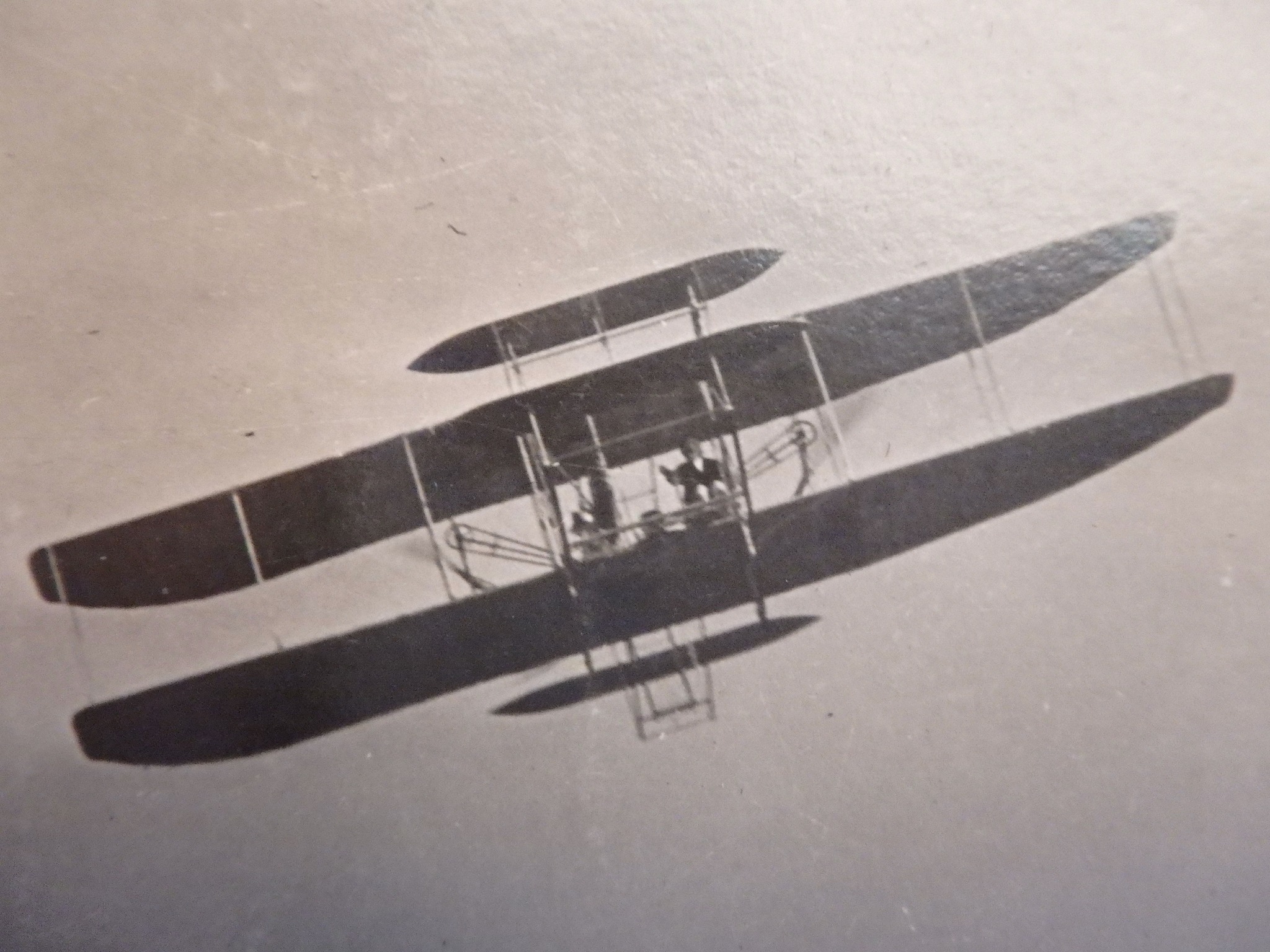JUNE 27, 2023 – (Cont.) I always wondered what this prejudiced woman thought of Kristina marrying a Jew. Gaga never said a word about the fact that he was Jewish, and accepted him as if he were one of her own.
I never had to wonder, however, what Gaga thought about Dad’s ethnic background. The word she used for him (in her New Jersey accent) was “FAH-rinor.” In a way, he was, having grown up in Minnesota, which was a place that she considered to be quite the wilderness. And even worse, his father was the son of an immigrant, and his mother herself was an immigrant, albeit from Sweden, where people were very white and very protestant. But no matter, Swedish immigrants spoke English with an accent, and that made them “foreigners” and that made Dad a foreigner.
From an early age, I saw the irony in this. Here was Gaga the WASP Daughter of the American Revolution looking disparagingly upon my Swedish grandparents, newcomers from the Old Country. Yet it was Dad’s parents, who, from very humble backgrounds, had acquired the social graces of the wealthy people they served, and by self-teaching, became far better educated and culturally refined than Gaga was, despite her privileged background.
That privileged background was captured well by the photos that Gaga had so lovingly labeled and arranged in an elegant photo album. The album was stored in one of the mahogany cabinets in the library at 42 Lincoln—Gaga and Grandpa’s grande maison. Jenny said that on her visits when she was young, she would pore over that album and dream and wonder about the happy times and people depicted in it, all before The Great War. If I knew about the album, it hadn’t sparked my curiosity, and I had long forgotten about it until a day nearly a dozen years after Gaga had died.
The day was during the massive cleanup orchestrated by Cliff and me while UB, 84, was in the hospital. Among all the trash and filth and junk, Cliff found the album, its binding in tatters, sitting precariously on a ledge in what had once been the showcase dining room. Miraculously, not only had the album survived the 30,000 gallons of water that had been poured over the catastrophic fire eight years before, but it had avoided destruction from UB’s utter neglect, his contempt for anything of value in that house. I was too disturbed by the sheer volume of things that belonged in garbage bags to take much notice of the album, and I shall be forever grateful to Cliff for having rescued what is a rare and precious record of my family’s “gilded age.”
“Whoa, whoa, whoa!” Cliff exclaimed, as he gently lifted the album sheets off the ledge. Like the blade of a bulldozer, Cliff swept his arm across a table to clear a spot for the fragile, black pages full of photos. He still did not have my full attention. “Eric, you’ve got to see these. I mean, these are your people, and let me tell you, they weren’t working in a factory for 50 cents a day.”
I let go of the garbage bag I’d been stuffing and stepped next to Cliff for what I assumed would be a passing glance at a bunch of old photos. But Cliff was right. These photos had to be seen. All the filth, the nastiness, the degradation, all the disturbing insanity around us yielded to the refinements of a well-appointed class of people in the midst of the grandeur of a bygone age. Below each photo, was a catchy title in Gaga’s distinctive script penned with silver ink. The dates ranged from 1910 to 1914, when Gaga was 16 to 20 years old. Most were taken on holiday at the Jersey shore or in some other lap of luxury. “A lazy Sunday afternoon at Senator B’s estate,” read a typical caption.
I had no trouble identifying Gaga, for in each photo she looked exactly like Jenny at a similar age. And in each picture, Gaga was “dressed to the nines,” as she would describe a well-attired individual. In one, she and her sister Jane would be in a rowboat with Grandpa and another young man. In another, she and others would be comfortably seated on a resort terrace, iced drinks on tables within easy reach. Grandpa was in many of the photos, looking ever like Grandpa—high forehead, thin lips, smiling slightly, but most likely engaged in thoughts far more serious than what seemed to occupy Gaga with her full and genuine smile. She was clearly enjoying her circumstances so free of worry.
Among the many clear photos of Gaga, Grandpa, family and friends, were three shots of a most extraordinary event—a friend named “Hoxey” flying an aeroplane. Taken just seven years after the Wright Brothers first flight, the pictures showed “Hoxey at the controls” of a primitive plane very similar to the one made famous at Kitty Hawk; “Hoxey takes flight” as the large, fragile machine rises above the ground; and “Hoxey in the clouds” with the plane among big puffy clouds with sunbeams bursting out from behind. “Look at the plane!” said Cliff. “I mean, did these people know how to live, or what?”
He was right. How many people of that era had a close friend who owned and flew an airplane?
I carefully lifted the brittle sheet over, revealing on the opposite side, a series of photos of U.S. Navy battleships parading ominously out of harbor. Below each photo, Gaga had written the name of the battleship and the year: 1914, which marked the beginning of hostilities in far off Europe. (Cont.)
Subscribe to this blog and receive notifications of new posts by email.
© 2023 by Eric Nilsson
